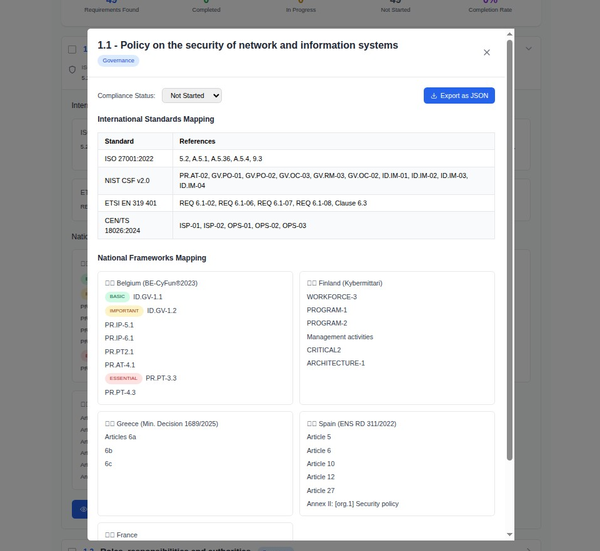The Alarming Rise of Cybercrime in India: A Deep Dive into Vulnerable Districts and Emerging Threats

Introduction
India is grappling with a severe and escalating threat of cybercrime, with a staggering 80% of reported incidents emanating from just ten vulnerable districts. A recent white paper by the Future Crime Research Foundation (FCRF) has thrown light on this pressing issue, emphasizing the urgent need for robust cybersecurity measures and increased awareness. This article delves into the details of the FCRF's findings and explores the implications for India's cybersecurity landscape.
The Epicenter: Ten Vulnerable Districts
According to the FCRF's comprehensive analysis, the districts most susceptible to cybercrime are Bharatpur, Mathura, Nuh, Deoghar, Jamtara, Gurgaon, Alwar, Bokaro, Karma Tand, and Giridih. The vulnerability of these districts is attributed to various factors such as proximity to urban centers, high tourist activity, limited cybersecurity infrastructure, and low levels of digital literacy.
The Dominant Crime: Online Financial Fraud
Online financial fraud is the most prevalent form of cybercrime, accounting for a whopping 77.41% of all reported cases. Other prevalent categories include online and social media-related crime, hacking or damage to computer systems, and a variety of scams like OTP scams, KYC frauds, and electricity bill frauds.
Regional Specificity: Types of Cybercrimes
Different regions in India are hotspots for specific types of cybercrimes. For instance, sextortion is more common in some districts, while OLX fraud and customer care fraud are prevalent in others. This regional specificity necessitates targeted interventions for effective prevention and mitigation.
Emerging Hotspots: States on the Radar
The report identifies several states as emerging cybercrime hotspots, including Andhra Pradesh, Assam, Bihar, Delhi, Gujarat, Haryana, Karnataka, Madhya Pradesh, Maharashtra, Odisha, Punjab, Rajasthan, Tamil Nadu, Telangana, Tripura, Uttar Pradesh, and West Bengal.
Contributing Factors: Why the Surge?
Several factors contribute to the rise in cybercrime in India, including low technical barriers, poor KYC and verification processes, availability of fake resources, affordable AI tools, accessible VPNs, and the recruitment and training of cybercriminals.
The New Threat: Deepfake Technology
Deepfake technology is emerging as a new threat, accounting for 0.09% of total cybercrimes. Crimes like sextortion and synthetic audio-video manipulation are becoming increasingly common, requiring new forms of cybersecurity measures.
The Way Forward: Comprehensive Measures
Addressing the rise in cybercrime necessitates a multi-pronged approach:
Strengthening Cybersecurity: Investment in advanced cybersecurity infrastructure is crucial.
Enhancing Law Enforcement: Training law enforcement agencies in cyber forensics and cybercrime investigation is essential.
Promoting Digital Literacy: Public awareness campaigns focusing on safe online practices can go a long way in preventing cybercrimes.
Regulatory Reforms: Strengthening KYC and verification processes can help in early detection and prevention of frauds.
Conclusion
The FCRF white paper serves as a wake-up call for India, highlighting the urgent need for comprehensive measures to combat the growing menace of cybercrime. With emerging threats like UPI fraud and deepfake-related crimes, India must remain vigilant and prepared. The focus should be on strengthening cybersecurity, enhancing law enforcement capabilities, and promoting digital literacy to safeguard the nation against the evolving landscape of cyber threats.
Note: This article is based on the available information from the Future Crime Research Foundation's white paper and may be subject to updates.





